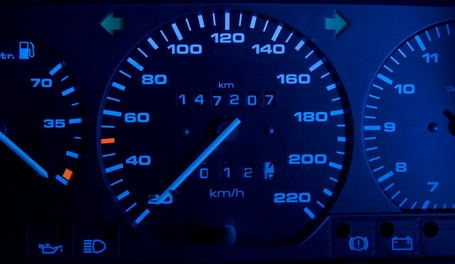
A Toyota Camry has a variety of diagnostic systems at work within the vehicle. Each of these systems interact with sensors, and catalog malfunctions as they occur. The system in question assigns these faults codes. The diagnostic system activates a warning light on the Camry's instrument cluster if the issues persist.
The OBD-II system covers the Camry's engine, fuel system, emissions, electronics, network communications and the body itself. The codes are alpha-numeric sequences that begin with either P, B, C, or U. Two sets of OBD-II codes exist for the Camry; a generic set is used by all OBD-II compliant vehicles. Toyota also has a separate set.
The OBD-II system covers some of the Camry's brakes, but not all of them. The ABS system has its own diagnostic regime, which corresponds to a warning light independent of Camry's "check engine" light. These codes are only numeric, and accessing them requires a separate scanner. An OBD-II scanner can not read ABS codes.
ABS and OBD-II codes tend to be the most widely used; they are frequently accessed by a home mechanic. The Department of Transportation required all new vehicles to be equipped with a Tire Pressure Monitoring System in 2008. Scanners for this system are not widely available as of 2011.The Camry's air bag system also has a separate set of codes; this is not a diagnostic piece of hardware intended for the home mechanic.
Toyota Camrys manufactured after 1996 are equipped with an outlet known as a Data Link Connector. The Camry's DLC is located under the dash and above the brake pedal. All scanners connect to their respective diagnostic system through this outlet. Consult each particular scanner for operational directions.